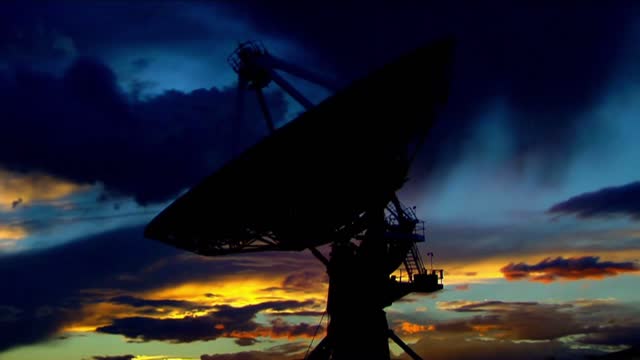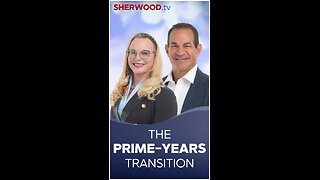Premium Only Content

Satellite Navigation Accuracy
The Prague-based European Global Navigation Satellite System Agency (GSA) has commissioned RUAG Space to conduct a study to increase real-time satellite navigation accuracy.
“The more accurately the satellite’s position can be determined, the more precise the environmental data it collects and provides. With the more accurate data, for example, the danger to coastal cities such as Venice can be predicted more effectively.”
Fiammetta Diani, Head of Market Development at GSA.
For climate and environmental research, satellites provide extremely important data every day, such as how high sea levels are rising or what effects global warming is having on glacier ice shrinkage in the Alps.
The new study, funded by a one-million Euro ($1.2 million) GSA contract, aims to further increase the accuracy of this space data from climate and environmental satellites.
To provide precise Earth observation data from space, the satellite’s position in space must be known as accurately as possible.
To determine the exact position of satellites, RUAG Space’s satellite navigation receivers today use the signals from the 22 European Galileo navigation satellites.
“Currently, there is still untapped potential in the Galileo satellites.
They transmit several signals.
On one of these signals, a new service, the High Accuracy Service (HAS), will support significantly improved positioning from 2022,” said Martin Auer, who is leading the study at RUAG Space.
“When this new service goes into operational use, it will need equipment that can do something with it.
That’s what we’re working on.”
By the end of 2022, RUAG Space will develop a new product in Vienna that will be able to use the new Galileo HAS service.
However, navigation receivers from RUAG Space that process Galileo signals already ensure precise positioning.
These include the Sentinel-6 environmental satellite, which has been in space since November 2020.
It measures the amount of sea level change and provides crucial data on coastal areas at risk from sea level rise.
“The more accurately the satellite’s position can be determined, the more precise the environmental data it collects and provides.
With the more accurate data, for example, the danger to coastal cities such as Venice can be predicted more effectively,” said Fiammetta Diani, Head of Market Development at GSA.
RUAG Space is developing a software update for satellite navigation receivers of the current PODRIX receiver generation already in space, such as those used for Sentinel-6.
This will enable these receivers to increase the satellite navigation accuracy from the current level of about one meter (3.2 feet) to 20 centimeters (8 inches).
“This is a dramatic improvement – a quantum leap – in accurate satellite positioning that will contribute to much better climate and environmental data,” said Heinz Reichinger, the product manager responsible at RUAG Space.
-
 39:19
39:19
The Heidi St. John Podcast
3 days agoFirst Fan Mail Friday: From the White House to Your Questions
4.17K5 -
 LIVE
LIVE
BEK TV
22 hours agoTrent Loos in the Morning - 9/23/2025
168 watching -
 24:12
24:12
Michael Feyrer Jr
22 hours agoWe Stream to TikTok! How we did it! Week 2 #Stream10k
3.89K2 -
 35:33
35:33
Anthony Rogers
16 hours agoBourbon and Beyond (2025)
4.9K1 -
 33:30
33:30
The Bryce Eddy Show
4 days ago $0.18 earnedMonty Bennett: HERO Model to Fight Crime
12.3K3 -
 0:41
0:41
Living Your Wellness Life
3 days agoThe Prime-Years Transition
6.39K -
 LIVE
LIVE
The Bubba Army
22 hours agoJimmy Kimmel's Back - Bubba the Love Sponge® Show | 9/23/25
1,710 watching -
 34:15
34:15
Actual Justice Warrior
2 days agoIlhan Omar CHEERS Charlie Kirk's Murder
53.8K81 -
 12:13
12:13
itsSeanDaniel
1 day agoMAGA Senator STANDS UP for Charlie Kirk and Free Speech
37.9K21 -
 30:39
30:39
Comedy Dynamics
1 month agoBest of Jim Breuer: And Laughter for All
132K4